




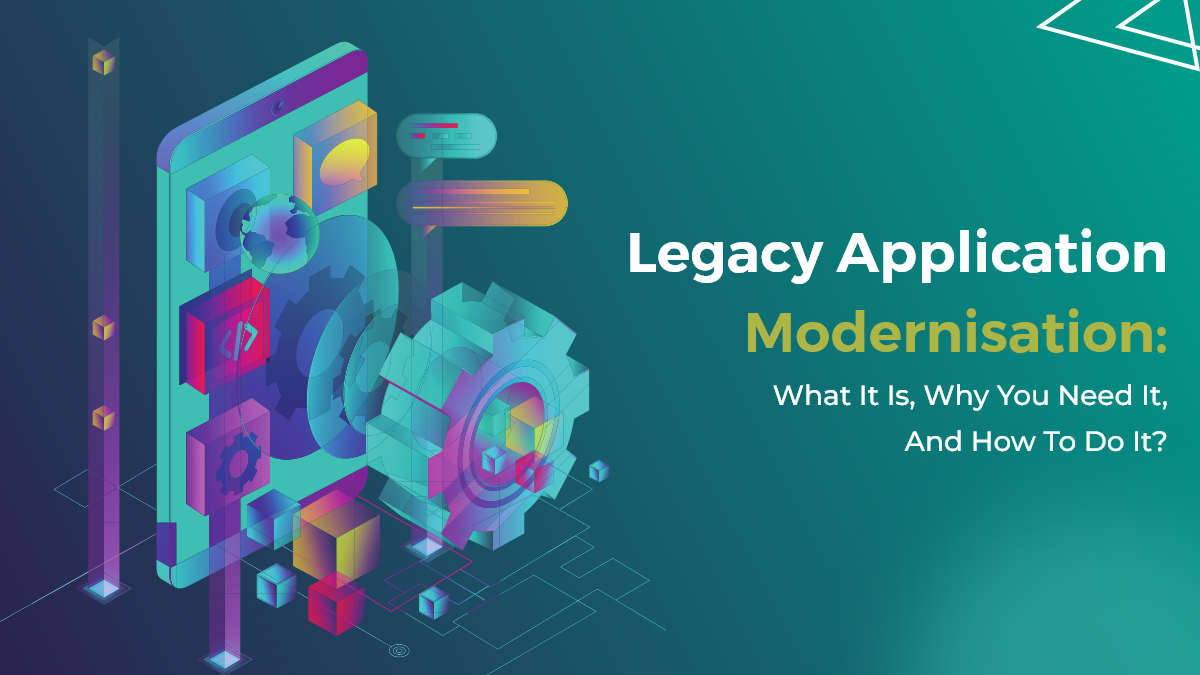
- February 28, 2023
- 63 Views
Mobile app development is quickly becoming a necessity for businesses. As the world becomes increasingly digital, companies of all sizes rely on mobile apps to reach customers and increase customer engagement. But with this trend comes a vital challenge: legacy application modernisation.
Legacy applications are not always equipped for today’s competitive environment and lack essential features that enterprises need to survive in the digital age.
If you want to stay ahead of the competition, it’s time to consider modernising your legacy applications. This blog post will explore what legacy application modernisation is, why it’s important to modernise your applications, and how you can do it.
What is Legacy Application Modernisation?
Legacy application modernisation is transforming and updating existing systems to keep pace with changing business needs. This approach allows businesses to continue using their current technology investments while ensuring they remain compatible with modern frameworks, languages, and architectures.
It can involve replacing outdated hardware or software components; restructuring data storage; integrating new technologies such as cloud computing or artificial intelligence (AI); or migrating from an old system to a newer one.
In addition to these technical aspects, the legacy modernisation process also involves business process reengineering and organizational change management initiatives to ensure successful outcomes.
What are the Benefits of Legacy App Modernisation?
The benefits are many; however, to reap the full rewards of legacy app modernisation, it is crucial to hire mobile app developers who are equipped with the necessary skills and experience.
- Improved Responsiveness and Performance: Modernisation can help speed up your applications, resulting in improved responsiveness to customer demands and better user experience.
- Increased Security: Legacy applications are often vulnerable to modern cyber threats due to outdated security measures or architecture. By modernising the application, organizations can remain secure from cyber threats while ensuring regulatory compliance with industry standards.
- Cost Savings: Modernisation of a legacy system can often result in significant cost savings as it eliminates the need for expensive maintenance or patching of an aging platform that is increasingly difficult (and costly) to sustain over time. Additionally, moving away from manual processes can reduce labor costs associated with maintaining the existing infrastructure.
- Streamlined Processes & Automation: Introducing new technologies such as artificial intelligence (AI) and machine learning (ML) into a legacy system helps eliminate manual tasks, increasing efficiency and throughput by automating mundane tasks like data entry or reporting requirements which would require manual input previously.
- Increased Scalability & Flexibility: Cloud-based solutions enable rapid scalability so companies can quickly scale up when needed without investing large sums into hardware resources upfront. Cloud solutions also allow organizations to respond quickly to changing market conditions and adjust resources as needed rapidly.
Steps for Legacy Application Modernisation
Following a set of steps is crucial to successfully modernise legacy applications. Here are the key steps involved:
- Step 1: Analyze the current application
The first step in developing your legacy app modernisation strategy is to analyze the existing application and its architecture. This includes looking at the underlying operating system, hardware infrastructure, database technology, programming language(s), libraries, APIs, and development tools.
-
Step 2: Identify business goals for modernisationAfter a good understanding of the existing system and architecture, it's time to identify the business goals you want to achieve by modernising your legacy applications. These can include improved customer experiences (better usability or performance), shorter times to market for new features or products, cost savings from eliminating maintenance on old technologies, etc.
-
Step 3: Outline potential migration pathsAfter identifying which areas need improvement in functionality or technology stack compatibility with other systems in your enterprise environment, you can begin outlining potential migration paths that will bring those improvements while minimizing disruption to operations during transition periods.
-
Step 4: Develop a comprehensive plan of actionDevelop a comprehensive plan outlining each specific task involved in migrating from an older version of the platform/technology stack to a more recent one and tasks required for preparing any necessary test environments.
It should also include training requirements for users unfamiliar with the new platform, estimated time frames for each job, and other considerations. The plan should also include steps to implement a change control process to ensure decisions are appropriately documented, communicated, and approved before making changes to the system. -
Step 5: Establish a testing strategyThe migration of legacy applications can be complex due to differences between their core functions and architecture compared to newer platforms or technologies. You must test the target environment to understand how the migrated application will perform when fully operational.
-
Step 6: Automate the implementationOnce a comprehensive plan has been created and agreed upon, it's time to begin automating the implementation of the legacy application modernisation strategy. Automation is essential for ensuring that all aspects of the migration process are successful and cost-effective. This includes tasks such as:
- Creating automated backups
- Configuring servers
- Deploying software updates
- Testing system integrations and more.
-
Step 7: Develop a training planYou should develop a well-thought-out training plan before migrating from one platform/technology stack to another. This will ensure users have adequate education on utilizing new features, updated software versions, and overall navigation within the more recent version.
Additionally, proper user engagement throughout this process allows for feedback regarding potential issues or features you should address or implement before the application is fully transitioned. -
Step 8: Monitor and evaluateIt's essential to regularly monitor and evaluate the success of your legacy application modernisation strategy. This will let you identify potential problems that may arise throughout the process and allow you to adjust any part of the plan if needed to ensure a successful transition to new technology stacks.
Additionally, this allows for a greater understanding of how each stack can work together within one system instead of individually, allowing for more efficient use of resources.
Read More:- Tech Trends Transforming the Business Landscape
What Are the Technology Trends in App Modernisation?
- Cloud Migration:
Moving applications from on-premises to cloud platforms like Amazon Web Services (AWS), Microsoft Azure, and Google Cloud Platform enables organizations to scale up quickly in response to changing needs, reduce operational costs and simplify IT management. - Microservices Architecture:
By breaking down monolithic applications into smaller services that can be independently developed, deployed, and managed, microservices enable rapid development cycles, the ability to add new features or functionality quickly, and improved scalability and reliability of apps. - Containers & Kubernetes:
Container technology provides a secure way of packaging code and its dependencies to run consistently across different computing environments while reducing resource consumption compared to traditional virtual machines (VMs). The popular container orchestration Kubernetes helps automate containers' deployment, scaling, and management in large-scale production environments. - Serverless Computing:
This allows developers to focus more on business logic without worrying about managing underlying infrastructure components such as servers or databases, which are maintained by cloud providers like AWS or Azure automatically for you when needed based on usage patterns. - Automation & DevOps:
By automating many manual processes related to software delivery — such as building, testing, and deploying applications — DevOps can help reduce the time it takes to deliver apps. With automated processes like continuous integration/continuous delivery (CI/CD) pipelines in place, teams can also ensure that their applications are always up-to-date and secure. - AI & Machine Learning:
Emerging technologies such as artificial intelligence and machine learning enable developers to build sophisticated features into their apps without investing in an entire engineering team devoted to that particular technology stack. This allows app modernisation projects to be completed quickly with less effort and cost than ever.
Final Thoughts
Legacy application modernisation is critical to any organization's digital transformation journey. By following the steps outlined in this guide, you can ensure that your legacy applications are ready for modern technology and enable your business to take full advantage of opportunities offered by digital transformation.
FAQs
How to choose the right strategy for modernising legacy applications?
When choosing the right strategy for modernising legacy applications, it is essential to consider your current needs, budget, and desired outcome.
Additionally, it is vital to consider the core components of legacy systems that need to be updated or replaced to ensure a successful modernisation process.
It can also be helpful to review existing processes and technologies within the system to understand what will work best for your organization clearly.
What are the different types of legacy application modernisation strategies?
Legacy application modernisation strategies have three main areas:
- Reengineering: This involves re-writing the entire application from scratch using modern technology and architectural frameworks;
- Refactoring: This consists in restructuring existing code and changing its design or architecture to make it more efficient, secure, and easier to maintain;
- Integration: This typically involves connecting legacy applications with new systems by integrating their data sets.
About Author
You May Also Like
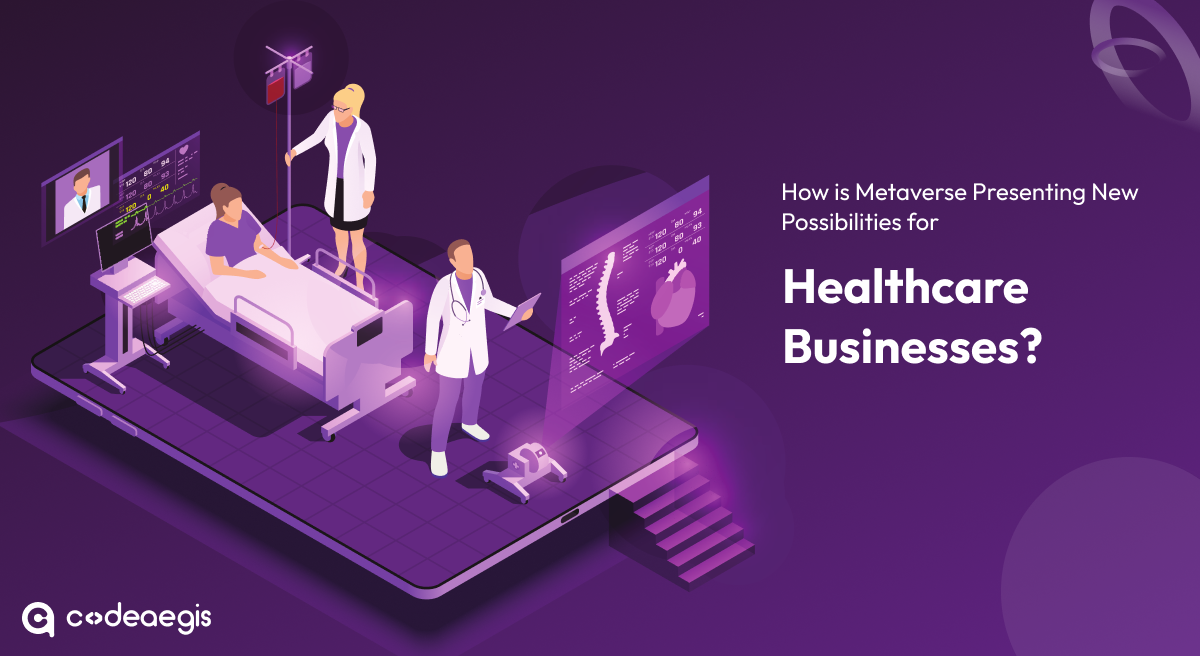
How is Metaverse Presenting New Possibilities for Healthcare Businesses?
In the augmented reality world, the metaverse concept has gained significant attention. It represents the convergence of physical and virtual spaces, providing users with a platform to interact and en

Revealing Starbucks Marketing Strategy and What You Can Learn From It?
We all know that Starbucks is one of the most recognized coffee chains worldwide. It has over 24,000 stores in more than 70 countries. But why is Starbucks successful, and what marketing techniques do

ChatGPT: Unlocking A New Wave Of AI-Powered Conversational Experiences
Table of Contents 1. What is ChatGPT? 2. What Are the Top Benefits of ChatGPT? 3. How Does ChatGPT Work? 4. Challenges With ChatGPT 5. ChatGPT and the Future of AI 6. Final Thoug
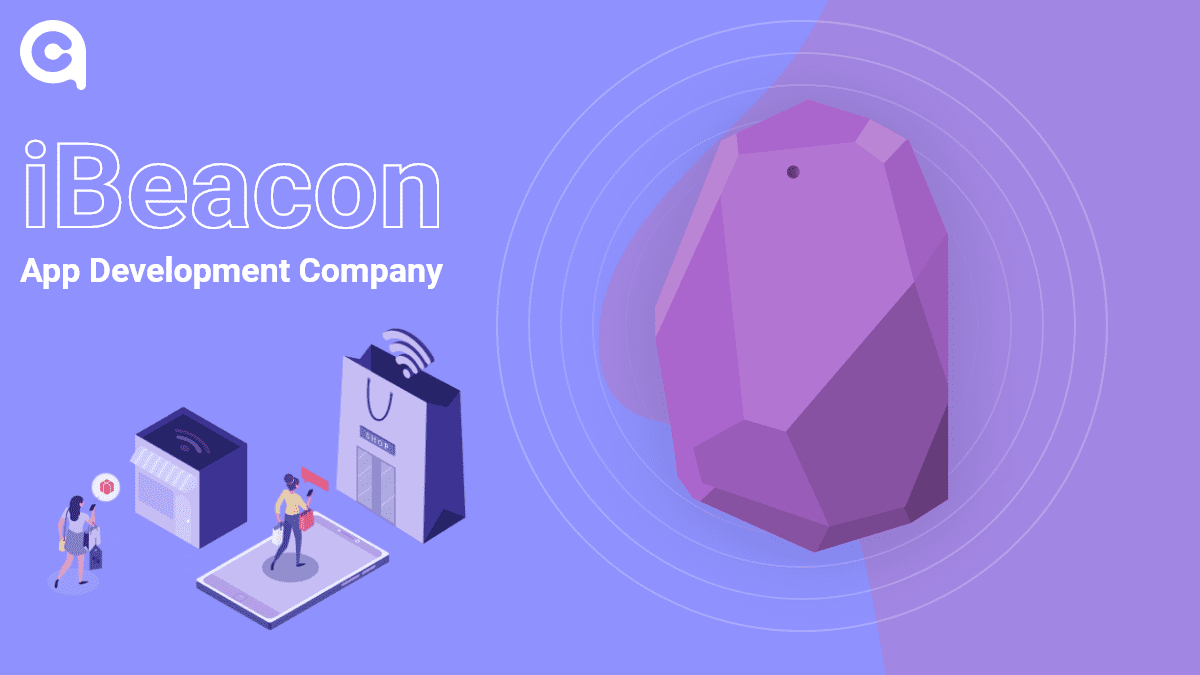
iBeacon App Development - Key Challenges And Amazing Tips
Technology is proliferating with the advancement of time. The introduction of smartphones has changed the whole scenario right from communication to shopping. Users are now able to shop without moving

Node.JS 19 is Available! Here is What You Need to Know
The launch of Node.js 19 is now available! It substitutes Node.js 18 as the current launch line, with Node.js 18 being encouraged to long-term support (LTS) next week. What do these two launches mean

How is Metaverse Impacting the Future of eCommerce?
Lately, the tech world has been abuzz with talk of the Metaverse, a groundbreaking concept that promises a shared virtual space where people can interact and engage with one another. This futuristic i
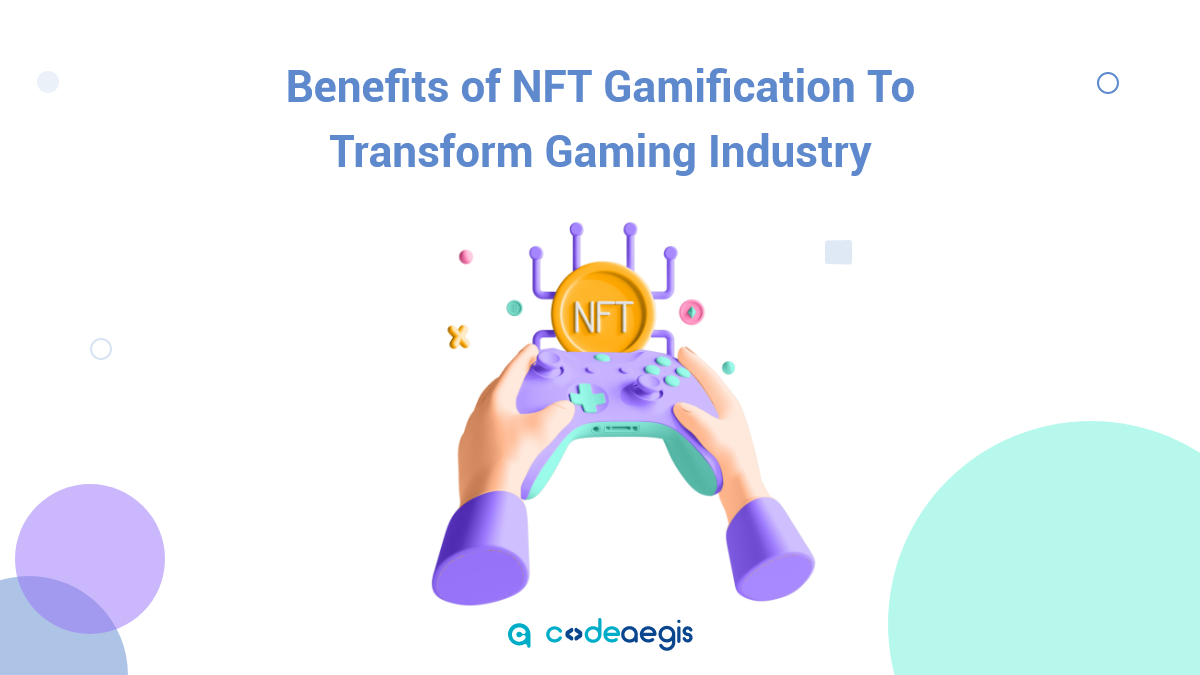
Benefits of NFT Gamification To Transform Gaming Industry
In recent years, the gaming industry has seen a surge in popularity, with many gamers turning to online gaming platforms and console games in order to escape reality. With so many people playing video
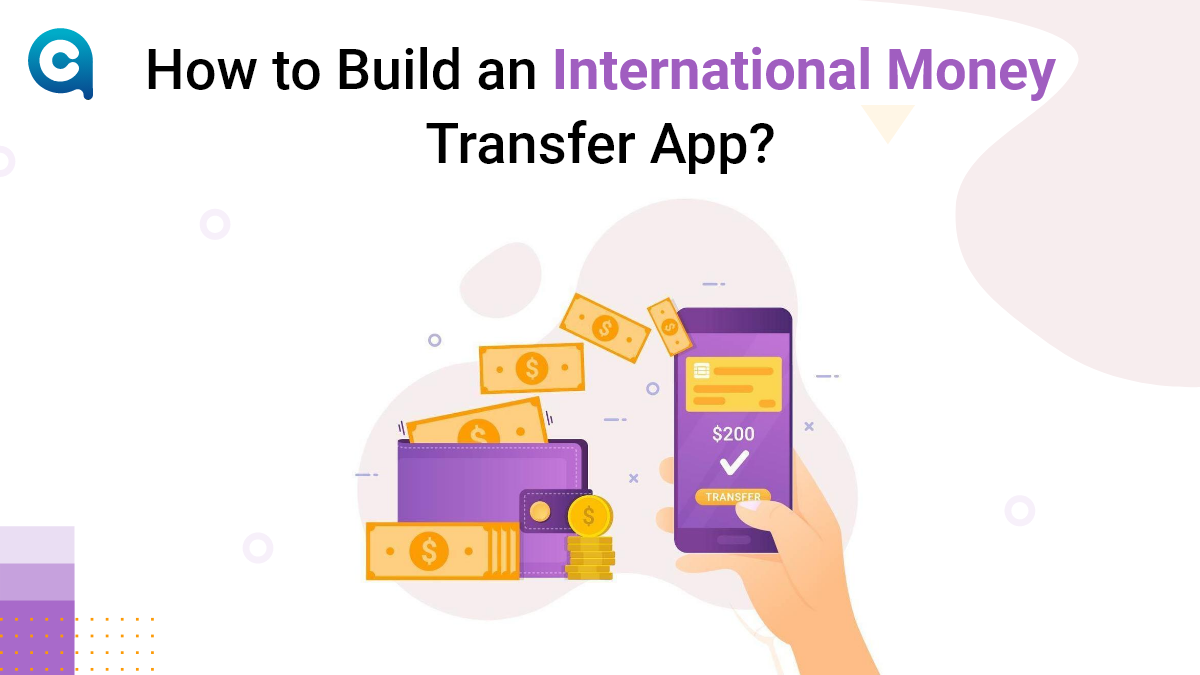
How to Build an International Money Transfer App?
The introduction of online payment applications has changed how people perform financial transactions. A mobile phone with a banking app lets you quickly resolve various financial matters.

The Ultimate Guide to MVP Development
As the world of startups becomes increasingly competitive, building an MVP is crucial for entrepreneurs looking to test their ideas and launch successful businesses. By creating a minimum viable prod

Everything You Need to Know About Android 13 Beta 4
Google released Android 13 beta 4 to the public, and with it comes a slew of new features and updates. In this article, we'll walk you through everything you need to know about the latest version of A

A Complete Guide to Implement AI and Machine Learning in Your Existing Application
When it comes to developing an app, there's a lot to consider. Not only do you need to create a user-friendly interface and design, but you also need to make sure your app is able to meet the demands

9 Things Users Want from a Mobile App
The mobile app market has grown to a staggering size, with over 1.8 million apps available in the Google Play Store and Apple App Store combined. Mobile apps have become a necessity for peop

Digital Transformation With AI. Is your Organization Ready?
Do you know what digital transformation with AI is and how it can impact your business? Organizations today are under pressure to digitally transform to stay competitive. This digital transformation

Unveiling the Types of Blockchain Projects Reigning the Decentralized Economy
As blockchain technology continues to evolve, so too does the landscape of projects built on its foundation. The worldwide Blockchain market is predicted to expand at a CAGR of 42.8% (2018-2023), dire
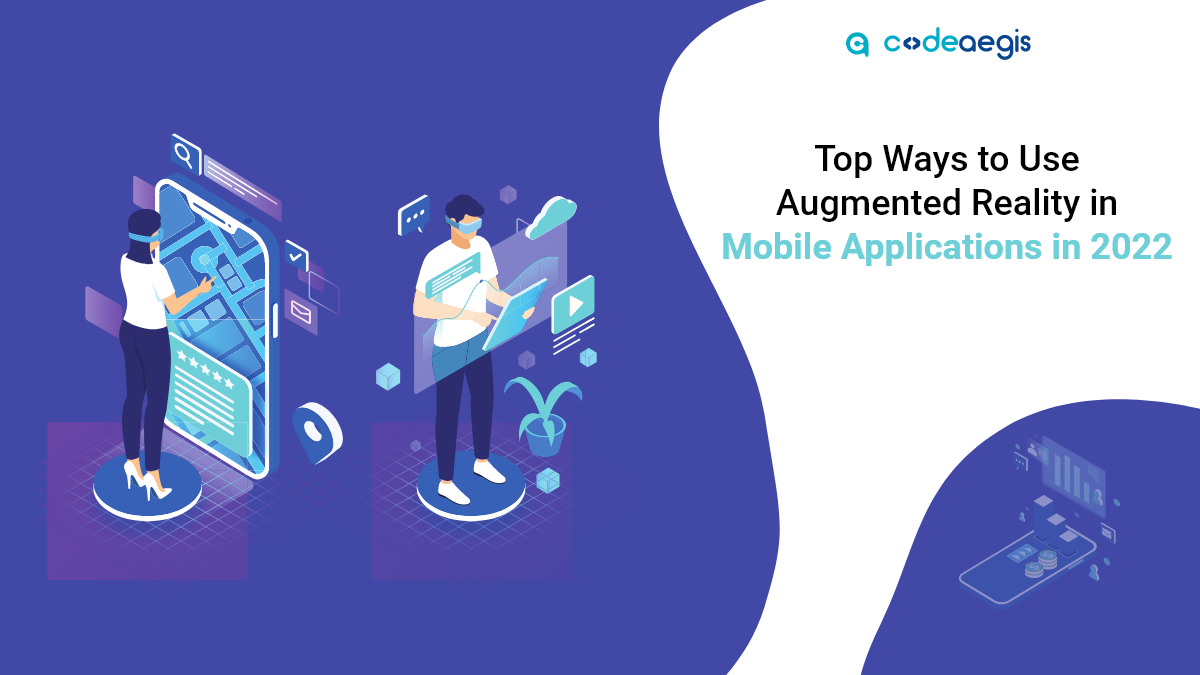
Top Ways to Use Augmented Reality in Mobile Applications in 2022
Augmented Reality and Virtual Reality are the two leading buzzwords in the technology era. What began as a completely new, significantly different technology has rapidly revolutionized into something

How To Create A Money Transfer App? Everything You Should Know
Nowadays, the financial industry has encountered massive digitization, and mobile apps play a significant role in it. There are a wide variety of money transfer apps available, catering to the needs a

Create a DeFi Staking Platform in 2023: A Complete Tutorial
DeFi is a new kind of investment that’s taking the world by storm. So what is it? Essentially, DeFi is a digital asset class that allows you to invest in cryptocurrencies and other digital asset
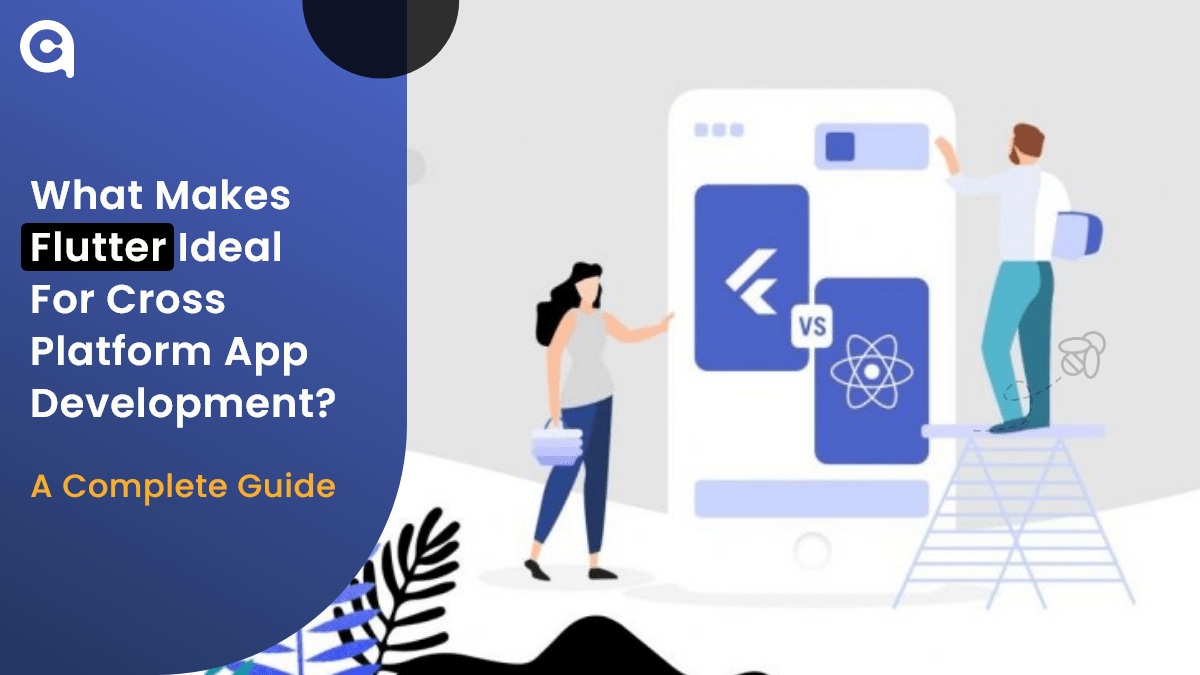
What Makes Flutter Ideal For Cross-Platform App Development? - A Complete Guide
Table of Contents 1. What is Flutter? 2. Why Choose Cross-Platform Development? 3. Why is Flutter the Best Platform to Make Cross-platform Applications? 4. How Much Does it Cost to

Blockchain and Web Development: The Intersection of Security and Trust
Blockchain technology and web development are two powerful innovations that have the potential to transform our world. While they may appear distinct, they share similarities and can work together to

How to Build a Food Delivery App like Glovo? Everything you should know!
Have you ever found yourself in a situation where you desperately needed a product or service but didn't have the time or energy to go out and get it? Well, fear no more because on-demand delivery app

Benefits and Use of Blockchain Technology in the Banking Industry
Picture this: a world where traditional banking transforms into a cutting-edge, efficient, and transparent system that leaves everyone in awe. Blockchain, often met with skepticism and uncertainty, is

What Is DeFi? Guide to Decentralized Finance
Decentralized Finance (DeFi) is a modern and evolving region of finance that is less centralized and more open to innovation and collaboration. DeFi enthusiasts laud its prospect of disrupting convent

What are dApps (Decentralized Apps) in Blockchain? Everything You Want to Know!
Blockchain iѕ a technology that enables thе creation оf digital property with a secure record оf ownership. It’ѕ the backbone of Bitcoin, thе firѕt аnd most well-known cryptocurrency. B

Real Estate Mobile App Development: A Complete Guide
The world is digitizing at a very rapid pace, and in such a scenario, real estate businesses must also go digital to stay ahead of the competition. One of the best ways to digitize your business is de

Augmented Reality Trends of 2023: New Breakthrough in Alluring Technology
Technology has come a long way in the past decade, and augmented reality (AR) is one of the most exciting development fields. AR technology superimposes digital content into the real world, creating a

Guide to Design Mobile App in 2022 | Everything You Need to Know
Are you looking to design a mobile app in 2022? Well, mobile application development is an ever-changing field, and it can be hard to keep up with the latest trends and best practices. But w
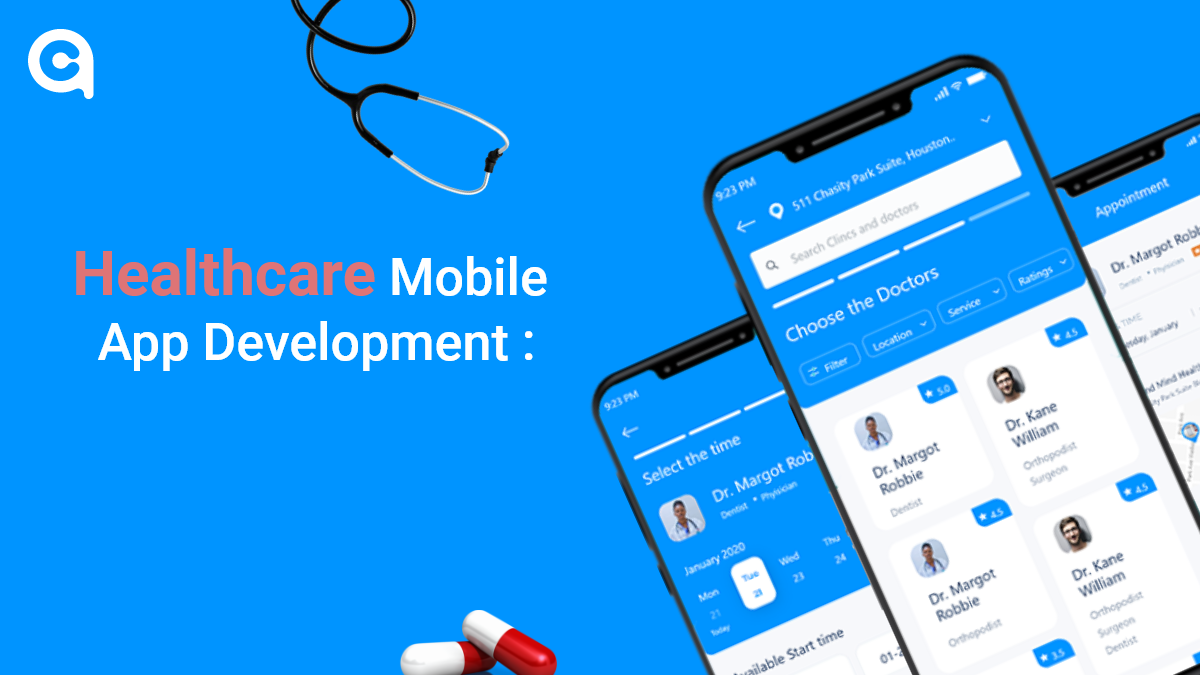
Healthcare Mobile App Development: A Complete Tutorial
The healthcare industry is one of the most rapidly changing and growing industries worldwide. Mobile devices and apps have drastically changed how providers and patients interact and communicate.So, i

Unveiling Top App Prototyping Platforms that You Must Use in 2022
When it comes to mobile app development, one of the most important things you need to consider is the prototyping process. This will allow you to create a working model of your app so that you can tes
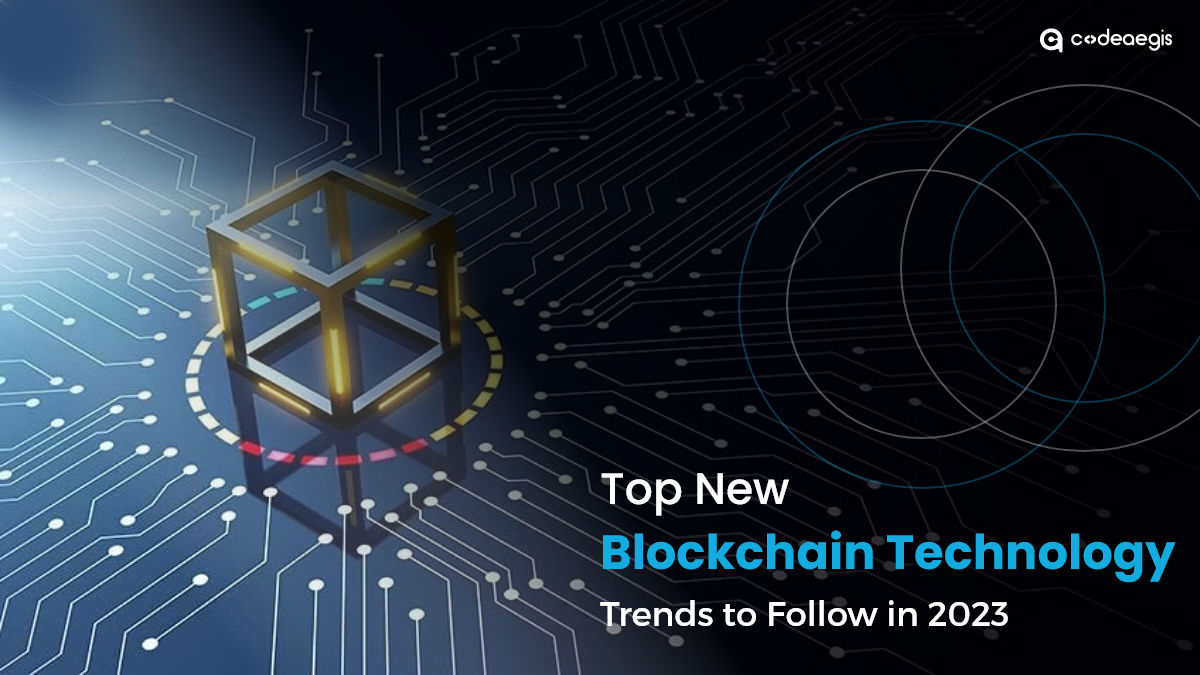
Top New Blockchain Technology Trends to Follow in 2023
Picture this - a world where business transactions are seamless, secure, and transparent. This might have seemed like a distant dream before the advent of cryptocurrencies and blockchain technology, b
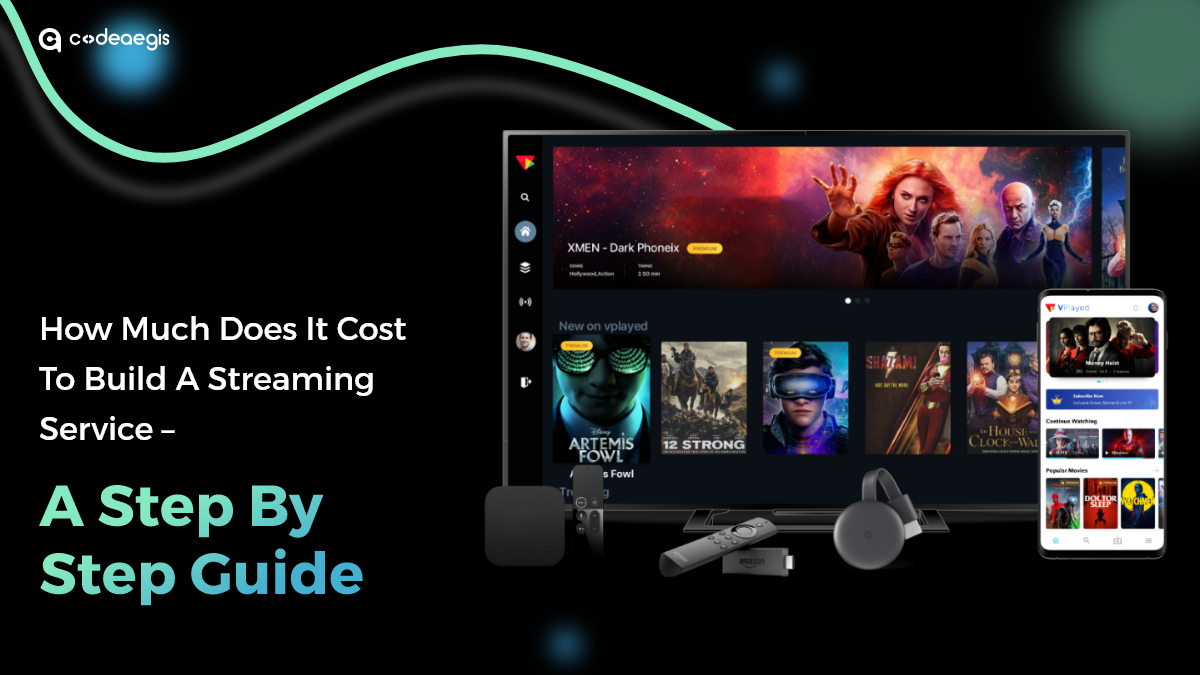
How Much Does It Cost To Build A Streaming Service – A Step By Step Guide
The rise of online video streaming services has revolutionized the entertainment industry, prompting businesses worldwide to explore the possibility of launching their own platforms. With giants like

Flutter vs. React Native: Which One is Better for Mobile App Development?
The two hottest frameworks in the mobile app development world are Flutter and React Native. They’re both cross-platform solutions that allow you to write code once and deploy it to Android and

How to Build a Taxi App Like Uber or Careem? Everything You Should Know!
Gone are the days when people used to wave down a taxi on the street or wait for one at the airport. With the advent of technology, people can now book a taxi with just a few taps on their smartphones

How To Design A Social Media App and Features that Make it Popular?
Social media apps are all the rage these days. People use them to connect with friends and family, to learn about new products and services, and to stay up-to-date on the latest news. But as popular a

The Benefits of Integrating AR and VR in E-Learning Platforms
Imagine a classroom where history comes alive in the 3D model of historical events. Biology students can explore the unique complexities of a cell as they have practiced it with real-world examples, a

Steps to Keep in Mind To Build Your Next Gaming App With Zero Coding!
Do you want to build a simple app for your business? Do you want to create an app that enhances the experience of users who play games on their smartphones? Whatever your reason, I have created this g
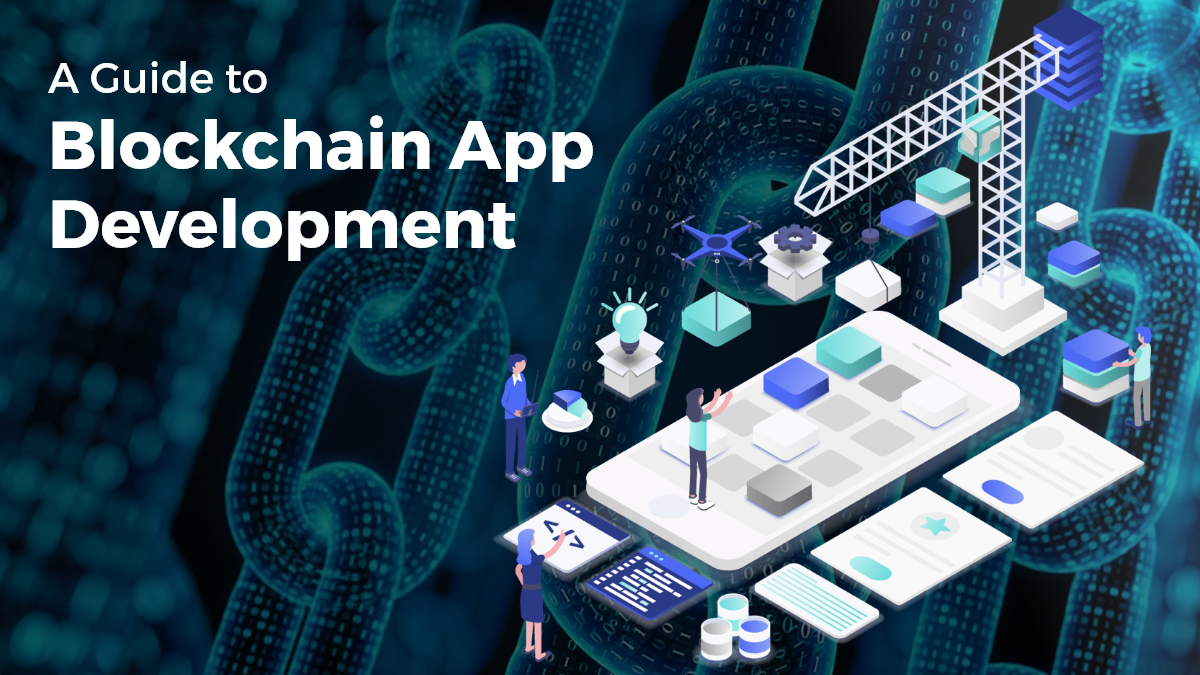
A Guide to Blockchain App Development
Blockchain technology has been a hot topic recently due to its potential to revolutionize various industries. Blockchain is a distributed ledger technology that ensures transparency, security, and dec
_replaceDesigningreplaceforoice-EnabledreplaceWebreplaceExperiences.png)
Voice User Interface (VUI): Designing for Voice-Enabled Web Experiences
Imagine a world where you can speak your thoughts and desires, and the digital realm responds promptly, seamlessly integrating into your daily life. Whether you want to search for information, contro

How to Create a Payment Gateway? Everything You Should Know
Are you aware that the world is going through a significant shift in the way we make payments? According to a recent report by Deloitte, the total value of digital payments worldwide is estimated to r

Top 7 Blockchain App Development Ideas to Boost up Business
Want to establish a new business or improve an existing one? You should consider using blockchain technology Being a distributed database, Blockchain allows for secure online transactions. This techn

Latest Technology Trends That Trigger Android App Development Process
Do you run your own business and want to build an Android app? If yes, you must know about the latest technology trends playing a significant role in the android app development process. Technology i

How Can Wearables Influence Mobile App Development Future?
In the last few years, wearables have become increasingly popular. Fitness trackers, smartwatches, and even smart glasses are becoming more and more commonplace. And as the technology improves and bec

iOS App Development Guide for Business
Businesses these days are looking to have an edge over their competition by having a strong online presence. A website is not enough anymore, and many companies are turning to mobile apps as a way to

Top 11 Advantages Of iOS Application Development For Your Business
Mobile applications play a vital role in the development of multiple businesses in this digital world. Most companies are investing in iOS app development to strengthen their market appearan

WWDC 2023 Overview: A Glimpse into Apple's Future
An extensive background working in Tech, Travel, and Education Industries. Currently involved in entire business operations process: Benefits strategy and implementation, systems integration, Human Re

The Rise of Progressive Web Apps (PWA): Enhancing User Experiences
In today's digital world, businesses must keep up with ever-increasing consumer expectations and find new ways to engage their audience. That's where Progressive Web Apps (PWAs) come in. PWAs are a r

Top 10 Reasons to Invest in Gaming App Development
The gaming industry is proliferating with the advent of smartphones and PCs. Every age group, from children to adults, is well-engaged and fond of online gaming. The rapid evolution of mobile gaming a

Find Out How Our Clients Reviewed Us On Clutch
It's no secret that the digital world has transformed many aspects of our lives, and it is only going to continue changing in ways we can't even imagine yet. To help businesses keep up with this rapid

A Guide on How to Hire a Team of Remote Developers
Hiring a team of remote developers can be a daunting task, but it doesn't have to be. With a little bit of planning and the right approach, you can find the perfect candidates to build your dream prod
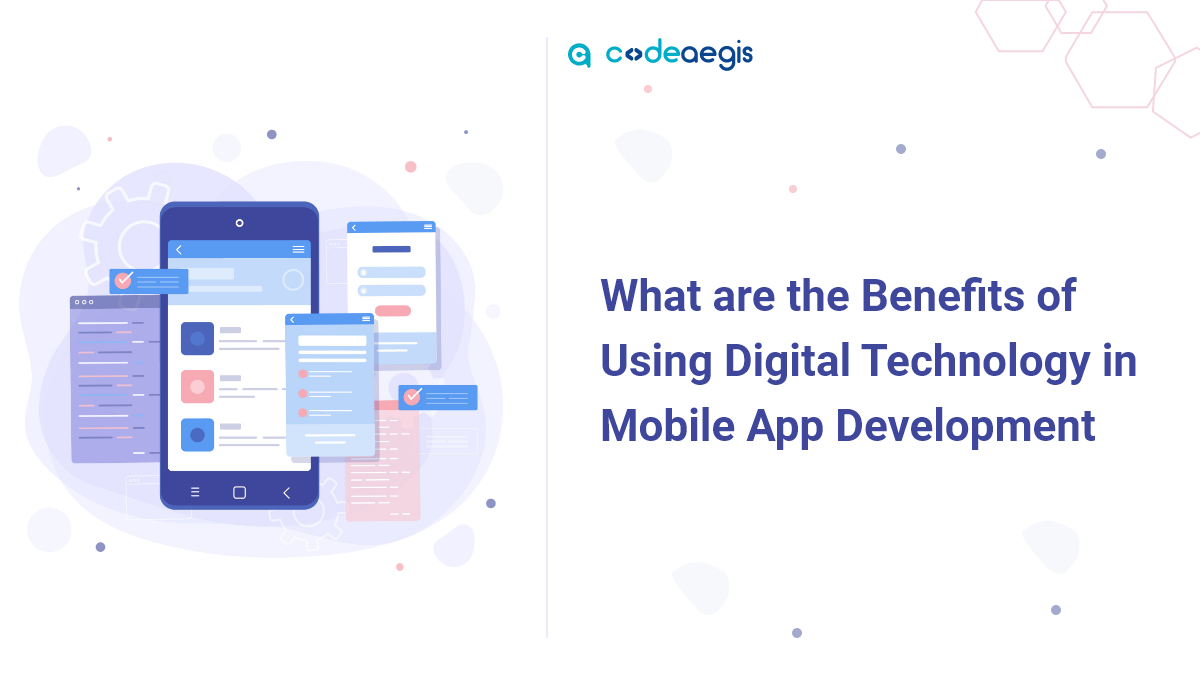
What are the Benefits of Using Digital Technology in Mobile App Development
With the ubiquity of smartphones and tablets, it only makes sense that mobile app development - which is the process of creating applications for smartphones and tablet devices - is becoming more popu

Legacy Application Modernisation: What It Is, Why You Need It, And How To Do It?
Mobile app development is quickly becoming a necessity for businesses. As the world becomes increasingly digital, companies of all sizes rely on mobile apps to reach customers and increase customer en
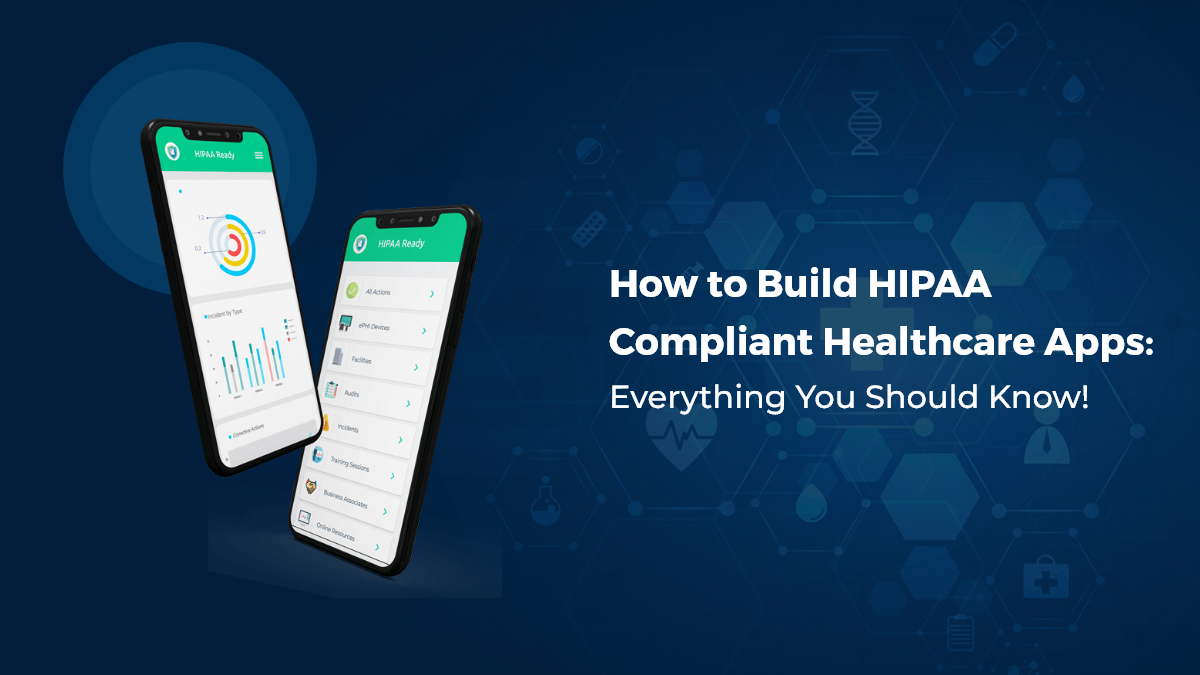
How to Build HIPAA Compliant Healthcare Apps: Everything You Should Know!
If you’re in the healthcare industry, then you know that data privacy and security are of utmost importance. In order to protect patients’ information, the Health Insurance Portability and

Dubai Rest App: Your All-in-One Solution for Real Estate Services
Did you know that Dubai's prime residential market is projected to experience the world's strongest growth in 2023? The Middle East is buzzing with opportunities, especially in the realm of mobile app

5G Launch Will Revolutionize the Mobile Industry: Know How!
Prime Minister Narendra Modi eventually launched 5G in India at the 6th edition of the IMC (India Mobile Congress). Reliance Jio and other telecom organizations documented the various use cases of 5G

How to Launch a Metaverse Casino Game Like Blackjack 21- A Detailed Guide
The world of gaming is rapidly evolving, and the latest buzzword is "metaverse." The term refers to a virtual world where users can interact with each other and digital objects in real time, using imm
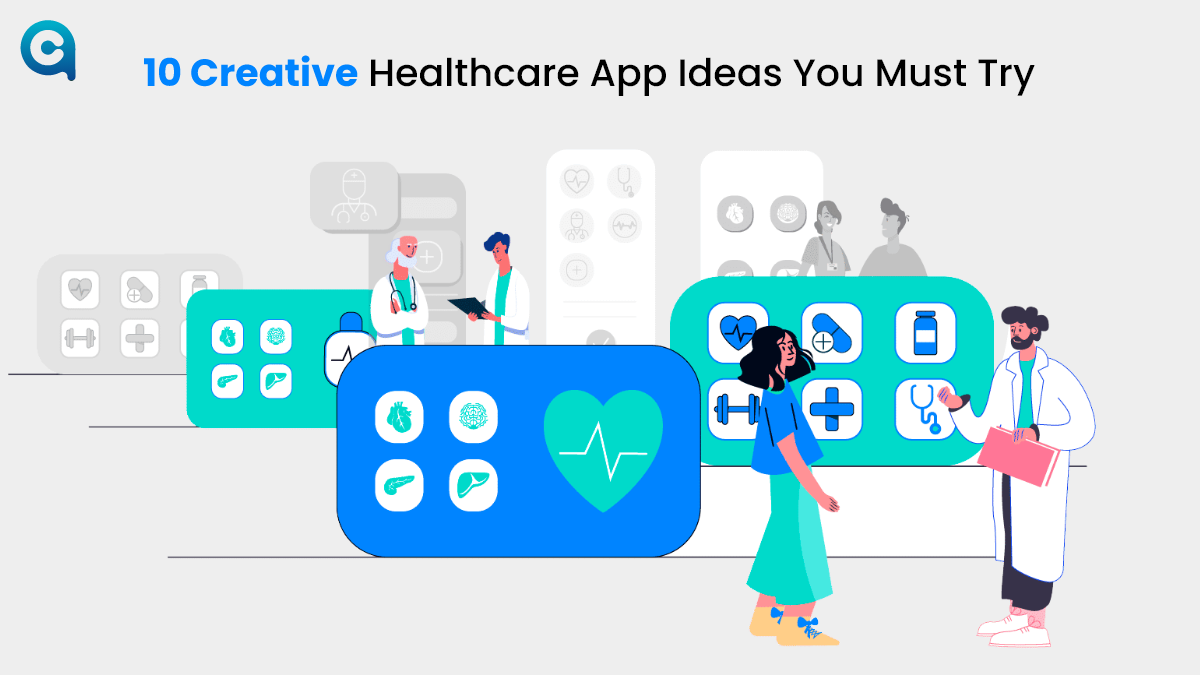
Healthcare App Ideas that Will Help You Succeed in 2022 and Beyond
As we head into the future, more and more people are looking to find ways to improve their healthcare. And with good reason - healthcare can be expensive, and it can be difficult to get the right care
.png)
How to create the first gaming app in 2024?
Application development is essential to fostering business efficiency while accepting new changes. Depending on the specific requirements, 85% of businesses rely on software development solutions to s

How to Make Learning Engaging through Gaming Technology?
What if you can combine the fun of gaming and the educational value of learning? This is an idea that has been gaining popularity in recent years as technology advances. There are several challenges

Top Tech Trends That Will Define the Next Decade of Business
By 2024, we all know that technology will be the future. What excites me the most is that technology has covered all the dimensions of businesses, enabling them to attain their potential and efficienc
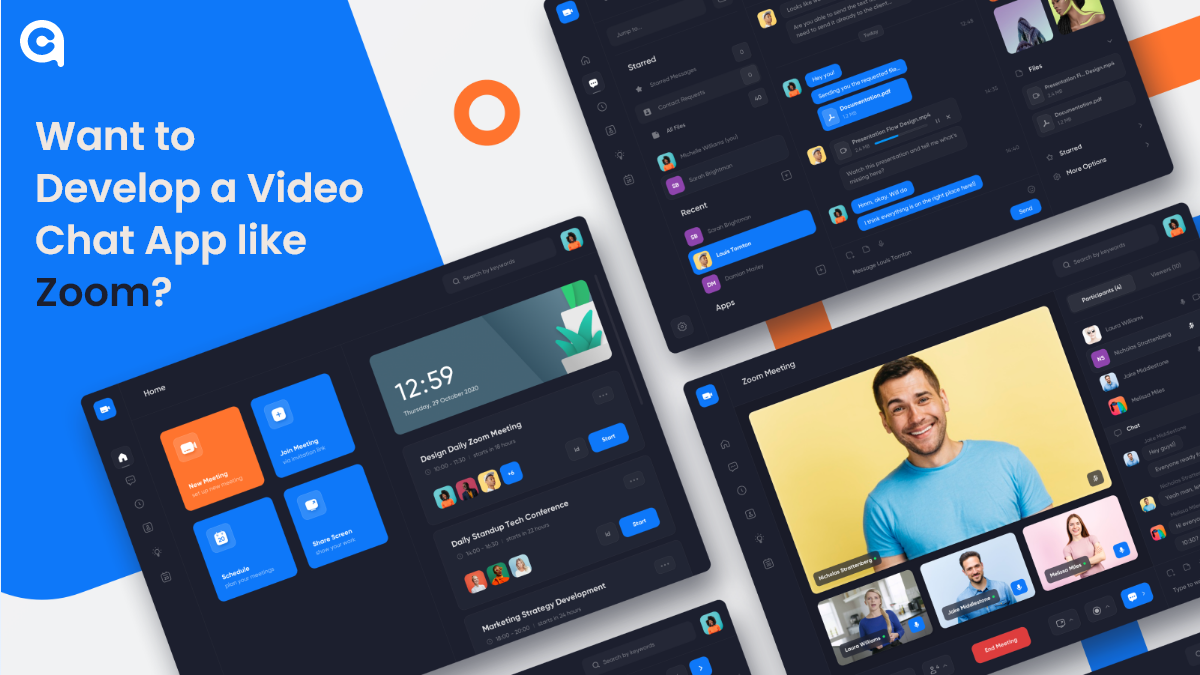
How to Develop a Video Conferencing App like Zoom?
Depending on what niche you’re in, video chat apps are becoming increasingly common in the world of business and technology. Whether it’s a small startup company or a multinational corpora

How to Build a Fintech App - Everything You Should Know!
With the advent of technology, the financial industry has experienced a massive transformation in the past few years. Fintech applications have revolutionized the way we manage and invest our money.

Why Does Your Business Need a Food Delivery App and How to Get Started?
Businesses after COVID are going through several changes, and the food industry is no different. Restaurants that have been doing dine-in are now struggling to keep up with the demand for delivery and
Leave a Reply
Your email address will not be publishedDO YOU HAVE ANY PROJECT
Let's Talk About Business Solutions With Us
India Address
57A, 4th Floor, E Block, Sector 63, Noida, Uttar Pradesh 201301
Call Us
+91 853 500 8008
Email ID
[email protected]










